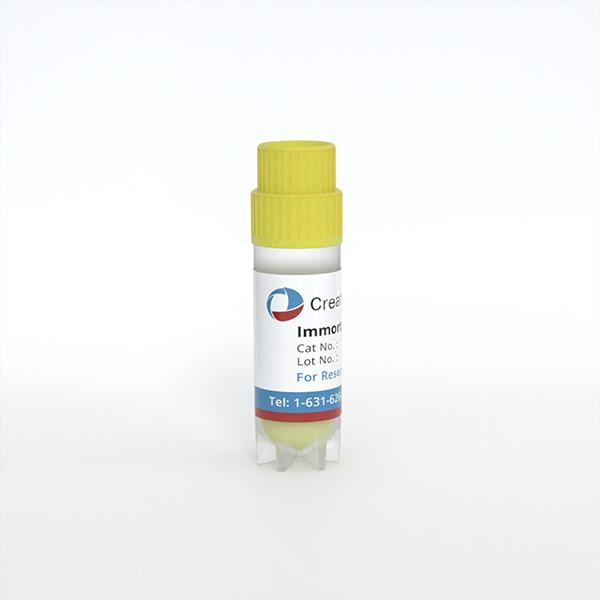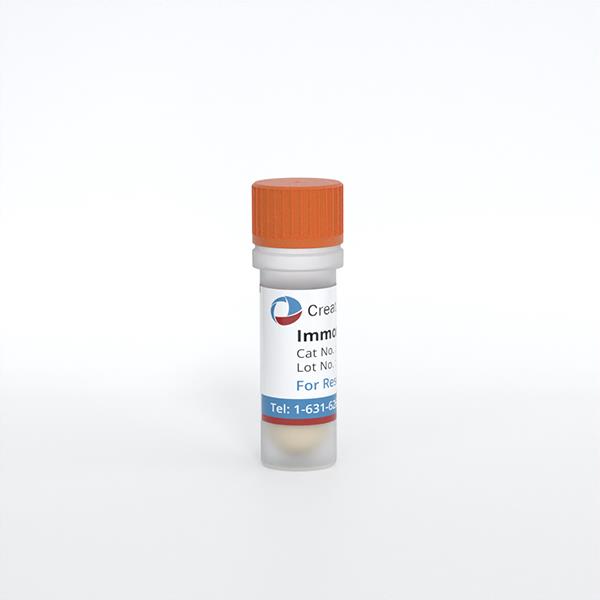
Immortalized Mouse OP9-Derived Stromal Cells (OP9-K)
Cat.No.: CSC-I9326L
Species: Mus musculus
Source: Bone Marrow
Morphology: Polygonal
Culture Properties: Adherent
- Specification
- Q & A
- Customer Review
Cat.No.
CSC-I9326L
Description
The Immortalized Mouse OP9-Derived Stromal Cells (OP9-K) display classic adipocyte morphology: rounded shape, lipid accumulation, and coalescence of lipids into a large droplet. OP9-K cells are able to differentiate via known adipogenic pathways, involving the transcriptional activation and repression of common adipose markers Plin1, Gata2, C/Ebpa and C/Ebpb and biological pathways, such as lipid metabolism, PPARc signaling, and osteogenesis. The characteristics of the OP9-K cell line prove it as a suitable adipocyte model system. The OP9-K cell line is an important tool in understanding adipose biology with its rapid, robust differentiation and efficient transfectability in adipogenesis. The cells also have the potential to efficiently test obesity therapeutics and may be suitable for high-throughput RNAi screens of adipogenesis.
Species
Mus musculus
Source
Bone Marrow
Culture Properties
Adherent
Morphology
Polygonal
Immortalization Method
Clonal derivation from parental OP9 cells
Application
For Research Use Only
Storage
Directly and immediately transfer cells from dry ice to liquid nitrogen upon receiving and keep the cells in liquid nitrogen until cell culture needed for experiments.
Note: Never can cells be kept at -20 °C.
Note: Never can cells be kept at -20 °C.
Shipping
Dry Ice.
Recommended Products
CIK-HT003 HT® Lenti-SV40T Immortalization Kit
Quality Control
1) Adipocyte differentiation using insulin oleate (IO) ;
2) Triglyceride assay after exposure to IO media, low serum media (lsm) , or propagation media (pm) ;
3) Adipogenesis assay
2) Triglyceride assay after exposure to IO media, low serum media (lsm) , or propagation media (pm) ;
3) Adipogenesis assay
BioSafety Level
II
Citation Guidance
If you use this products in your scientific publication, it should be cited in the publication as: Creative Bioarray cat no.
If your paper has been published, please click here
to submit the PubMed ID of your paper to get a coupon.
Ask a Question
Write your own review
Related Products
Featured Products
- Adipose Tissue-Derived Stem Cells
- Human Neurons
- Mouse Probe
- Whole Chromosome Painting Probes
- Hepatic Cells
- Renal Cells
- In Vitro ADME Kits
- Tissue Microarray
- Tissue Blocks
- Tissue Sections
- FFPE Cell Pellet
- Probe
- Centromere Probes
- Telomere Probes
- Satellite Enumeration Probes
- Subtelomere Specific Probes
- Bacterial Probes
- ISH/FISH Probes
- Exosome Isolation Kit
- Human Adult Stem Cells
- Mouse Stem Cells
- iPSCs
- Mouse Embryonic Stem Cells
- iPSC Differentiation Kits
- Mesenchymal Stem Cells
- Immortalized Human Cells
- Immortalized Murine Cells
- Cell Immortalization Kit
- Adipose Cells
- Cardiac Cells
- Dermal Cells
- Epidermal Cells
- Peripheral Blood Mononuclear Cells
- Umbilical Cord Cells
- Monkey Primary Cells
- Mouse Primary Cells
- Breast Tumor Cells
- Colorectal Tumor Cells
- Esophageal Tumor Cells
- Lung Tumor Cells
- Leukemia/Lymphoma/Myeloma Cells
- Ovarian Tumor Cells
- Pancreatic Tumor Cells
- Mouse Tumor Cells
Hot Products
